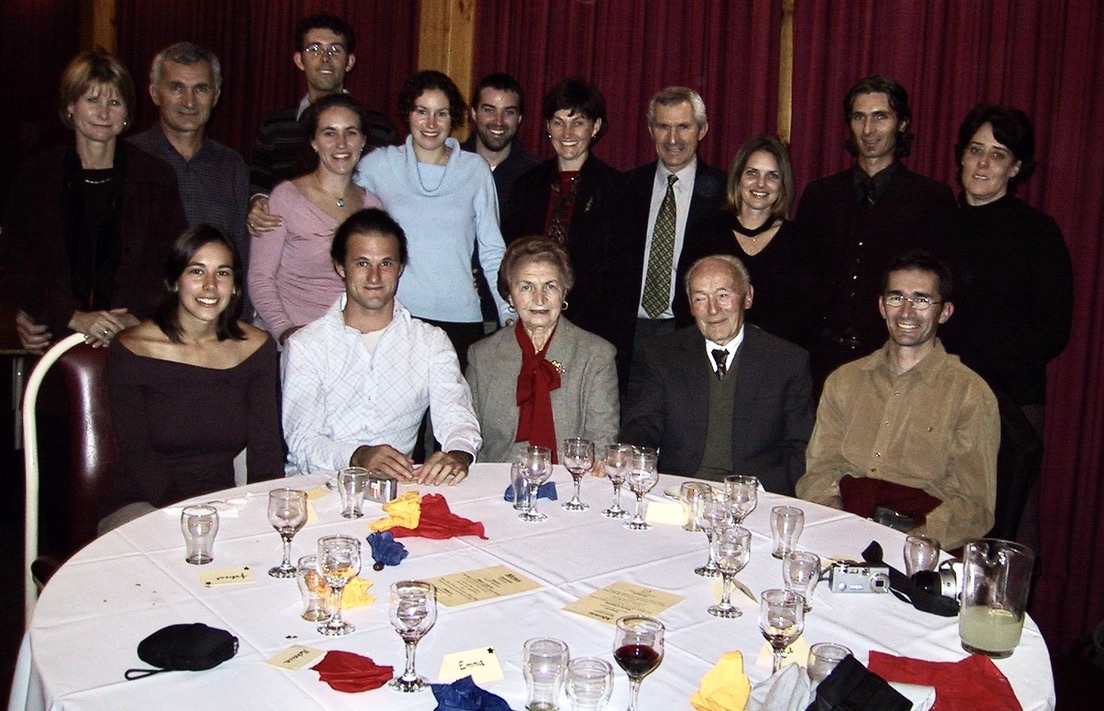Angelo Piovesan continues the story of his family’s early years in Adelaide. He describes the way that the family adapted to home in the suburb known as Findon in 1954.
The photo above shows Mario and Vittoria Piovesan celebrating Mario’s 90th birthday. Mario and Vittoria are surrounded by their sons and spouses, grandchildren and their partners, at the Veneto Club, 2004.
1954 – the move to a new home and area
Dad had continued to take on as much work as he could in the early days. This enabled my parents to buy a block of land a kilometre or so further up Grange Road at 1 Richard Street, Flinders Park, now known as Findon.

Building materials such as bricks, concrete and reinforcing bars were still very scarce after WW2 and there was an SA Government limit placed on the size of new homes. Dad managed to get hold of enough materials to build the family home with the help of many fellow Veneti who had already constructed Zia Rosalia’s house – completed in 1952.
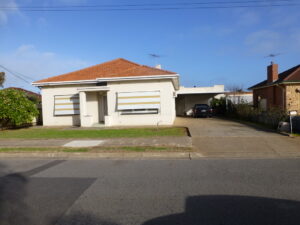
Our new home was largely completed just before the 1954 earthquake which left a permanent crack in the front passage wall. We moved from Kidman Park in July 1954, when I was 4½yrs old. It took some years to complete details such as painting, flooring and paving but it was a big improvement on, and more comfortable than the old baracca at Kidman Park!
Our backyard abundance
We were lucky to have a big backyard which was like most other Veneto families. The garden soon filled with fruit trees, vines, several chook pens with egg laying hens and chickens for our meat supply. The roosters provided many a roast lunch or dinner and Mum castrated some into caponi or capons – which were boiled for broth and eating. Mum became so good at this that she was in great demand by other Veneto families wanting to do the same with their large rooster flocks! We also had rabbits raised for eating and a very large vegetable patch.
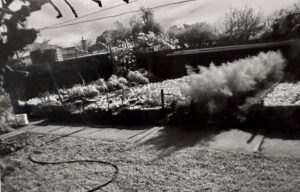
Our abundant supply of fresh fruit ranged from plums, early and late Elberta peaches, early and late apricots, figs, oranges, mandarins and lemons. Peaches and apricots in particular were shared with our new neighbours and lasted all year round, thanks to Mum’s preserving skills by utilising an ever-increasing number of Vacola jars.
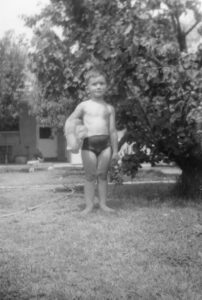
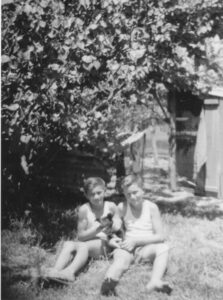
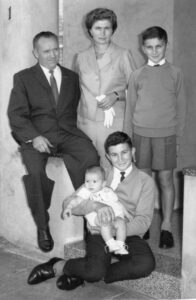
As with all families in those days, home improvements gradually developed as hard-earned savings permitted. A large new double garage was built, including a cellar which Renz and I dug with pick and shovel when we were 12 and 13 years old in incredibly hard clay soil. This was followed by an expansive new concrete driveway and a sleepout to accommodate the arrival of young Johnny in 1964, plus a rear verandah.
The transition from Frogmore Road
The move to Flinders Park forced us all out of our comfort zone – but particularly for both Mum and Dad once again. We had moved away from the support of the close-knit Italian community at Kidman Park and the interpreting skills of my cousins. I could not speak English when I started school in 1955 at St Joseph’s on Captain Cook Avenue, Flinders Park and spent the first few months sitting very quietly and taking it all in! There were other Veneto children in my class – including Silvano Ballestrin, Ray Tonellato and Adrian Tonellato, Robert Berno, Silvano Favero, Jimmy Martini, Guido Feltrin and Robert Riebiolge.
I was lucky to have my cousin Edda there. She had other Veneto classmates from Frogmore Road – Sandra Santin, Linda Tonellato, Noemi Zalunardo, Teresina Zampin and Delfina Ballestrin.
My father’s social life
During the early years, Dad regularly worked six days a week and often seven days but he made sure he kept either Friday or Saturday nights free for playing cards. On his occasional Sunday off, Dad would play either borella or bocce and have a drink with friends at one of the lanes at the homes of Leandro Bortoletto, the Santin’s or Romano Dametto – all three were close to where we had originally lived.
Dad loved playing cards on either Friday or Saturday nights in private homes on a rotating roster. These were very noisy affairs particularly if there were two tables playing with eight or more players present. There was much yelling and table thumping – later topped off with supper of home-made salami and cheese around midnight, followed by coffees with Grappa. These sessions went into the early hours of the morning. You never slept well on those nights and you’d dread getting up for breakfast the next morning because the smell of cigarette smoke was strong even before you opened the kitchen door!
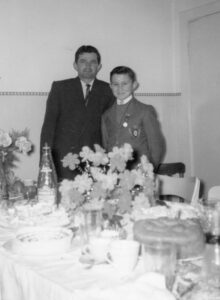
Amongst the attendees on those nights were long-standing friends from the Kidman Park and Lockleys market gardening families – Albert and Luigi Tonellato, Vittorio Marchioro, Angelo Innocente, and Narcisio Ballestrin. In 1974 all this was replaced by the opening of the Veneto Club where they enjoyed playing cards on Wednesday and Friday nights, as well as bocce tournaments and more card games on Sundays!
My parents’ first return visit to Italy
It was not until mid-1973 that Dad and Mum took their first ever holiday and went overseas for three months – 23 years after arriving in Australia. Until this trip back to Italy to visit family, both Mum and Dad had harboured the idea of one day returning to Italy. However, with both sets of parents deceased and, after discovering that their home towns and the country had changed so much during their absence, they were very happy to return to Adelaide. Then they finally decided to become Australian citizens.
After their overseas break, Dad started to cut back his workload on weekends and enjoyed life a lot more. He loved bocce with a passion and was very competitive. He represented the Veneto Club and his State in club and interstate bocce competitions. His trophies filled the top of the kitchen cupboard.
The Veneto Club opens in Adelaide
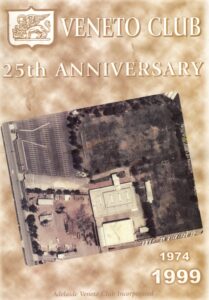
The formal opening of the Veneto Club on 24th May 1974 was the culmination of a dream for all Veneti in Adelaide and particularly for those from the Western suburbs who had initiated the spark for its formation. It gave the men folk somewhere to meet and also gave their long-neglected women partners their own venue in which to meet socially on a more regular basis and in greater numbers. Prior to this, their social interactions were largely confined to home visits, chance meetings whilst shopping, chats after Mass on Sundays, the odd church function and occasional weddings.
The members of the Women’s Committee were extremely important to the early success of the Veneto Club. The women’s generous contributions made it possible for the Club to cater for the income-producing Saturday evening private functions, Sunday evening meals and dance evenings for members and their partners.
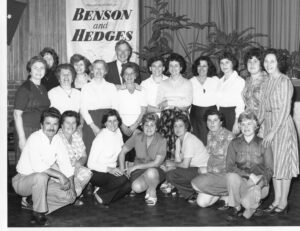
The network of Veneto market gardener families
When I look back on my early childhood days, I fondly remember the strong sense of community amongst those early market gardening families and their relatives. Our family like others, followed in their footsteps during that post WW2 wave of migration.
I remember the families getting together to help each other out during times of need with all the labour-intensive activities, be that cutting seed potatoes for planting, assisting with weeding and banking potatoes during winter, digging / hand collecting potatoes – before excavators were introduced from the mid-60s. People also had to bag potatoes and load the bags onto trucks before bins were introduced.
I remember spending days during my school holidays visiting my Tonellato godparents on Findon Road and helping to pick tomatoes, cucumbers and beans in the glasshouses. I recall going to poultry farms to collect chicken manure for the glasshouses and a few early morning visits to the East End Market.
The working lives of migrants
Working alongside our elders (both male and female) certainly taught us at a very young age about hard work. It also gave us an appreciation of the very long hours they all worked and how much harder all that work was before the introduction of mechanisation when digging was done by pitch forks or horse-drawn ploughs.
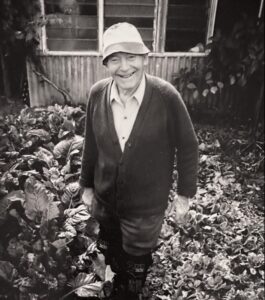
I have the utmost respect for all those early contadino (peasant farmer) families who worked the land in Italy, the likes of my parents’ generation and those before them. As youngsters they harvested wheat crops using a scythe. They carried and stored wheat and corn harvests into their granaries by hand. They suffered deprivations during their war experiences before some migrated to Australia. Those experiences stood them all in good stead for their later work in their chosen new land and their strong work ethic quickly earned them the respect of their neighbouring Australian families. Some families had had similar experiences in the generations before them, just as subsequent waves of migrants from other countries have done recently.
Doing a hard day’s work and knowing that you had helped to feed a nation must have given them all a great sense of satisfaction in their retirement!
Angelo Piovesan
4 June 2023.
Photos not attributed were supplied by Angelo and Renzo Piovesan.
